Geoff Hanson, founder of Imbrace Snow sport leggings looks at the evidence.
Spring skiing; Good snow, the bluest blue skies, warm and sunny all is well with the world.
BUT - Are you more likely to suffer from a knee injury in spring snow conditions? The answer is ‘yes’. Without doubt there are numerous factors found with spring conditions which can lead to knee issues. The most common is ACL damage.
Factors that can contribute are;
- Variable snow conditions: Spring snow conditions can be very different from the colder months of the season, and can vary widely throughout the day as temperatures change. Wet, heavy snow provides more resistance and makes turning and manoeuvring harder. The heavier conditions mean you are far more likely to pick up a torque or twist injury and the knees are usually where you feel it. Skiers may encounter patches of ice, slush, or heavy wet snow, which can catch tips and edges which lead to twists through the knees and falls.
- Piste condition: As the snow melts and refreezes, the surface becomes uneven and less stable. Leading to conditions that can catch out even experienced skiers. Things happen in the blink of an eye. Catching an edge, the ski’s sliding away from you when your’e leaning on the edges in a turn can lead to an increased likelihood of twisting or hyperextending the knee joints.
- Terrain and hazards: Spring skiing can involve skiing on pistes and terrain that may not be as well-covered as usual and you’ll have to be alert to obstacles you don’t normally see. Exposed rocks, tree roots, lumps of ice, ruts and heavy slushy accumulations of snow where turns are made by others. These obstacles can increase the risk of catching an edge, collisions, and falls leading to knee injuries.
- Fatigue: THIS IS A BIG ONE. Fatigue is probably the number one factor that leads to injuries. You’re only on holiday for a limited time and want to squeeze as many runs as possible out of your days on the slopes. Spring skiing means longer days - better light and usually better weather conditions for days at a time. Even if you are a super fit skier the accumulated fatigue day after day catches up with you. The ‘heavy’ wet snow that you can encounter in the afternoons isn’t as forgiving as the light dryer snow of the colder months. You’re working harder which increases muscle fatigue and that can lead to more mistakes, falls and possibly injuries.
- Equipment issues: (this a new one for me) In spring conditions, equipment may not perform as it does in colder temperatures. Bindings may not release properly in the event of a fall, increasing the risk of knee injuries. If you have any doubts about your bindings get them checked! Proper set up for the prevailing conditions is vital.
- Time of day: There are definitely certain times of the day when you have an increased chance of suffering an injury. It’s no surprise that they correspond to the times when your legs are feeling tired.
I found data that shows the times you are most likely to injure yourself *
Time of day Injuries for this period
0900 to 1100 9.7%
1100 to 1300 31.6%
1300 to 1500 22.0%
1500 to 1700 36.7%
It’s obvious that you are at greater risk of injury when your legs are tired -
late morning before your lunch break and late afternoon when you decide
to do ‘one last run’.
An extra glass or two of wine with lunch also increases risk - you’re legs might be happier but being more relaxed isn’t a great idea either.
- Conclusion: Be a little more cautious and adjust your skiing technique to accommodate changing spring conditions to reduce the risk of knee injuries. Additionally, wearing appropriate protective gear, like Imbrace snow sport leggings or knee braces, can help mitigate the risk of injury to your knees - but only to a point. Listen to your body if you’re tired stop. A split second is all it takes to make your summer an uncomfortable one.
Imbrace’s snow sport base layer
Men’s https://imbrace.com/products/mens-snow-legging
Women’s https://imbrace.com/products/womens-snow-legging
* https://www.ncbi.nlm.nih.gov/pmc/articles/PMC7684805/


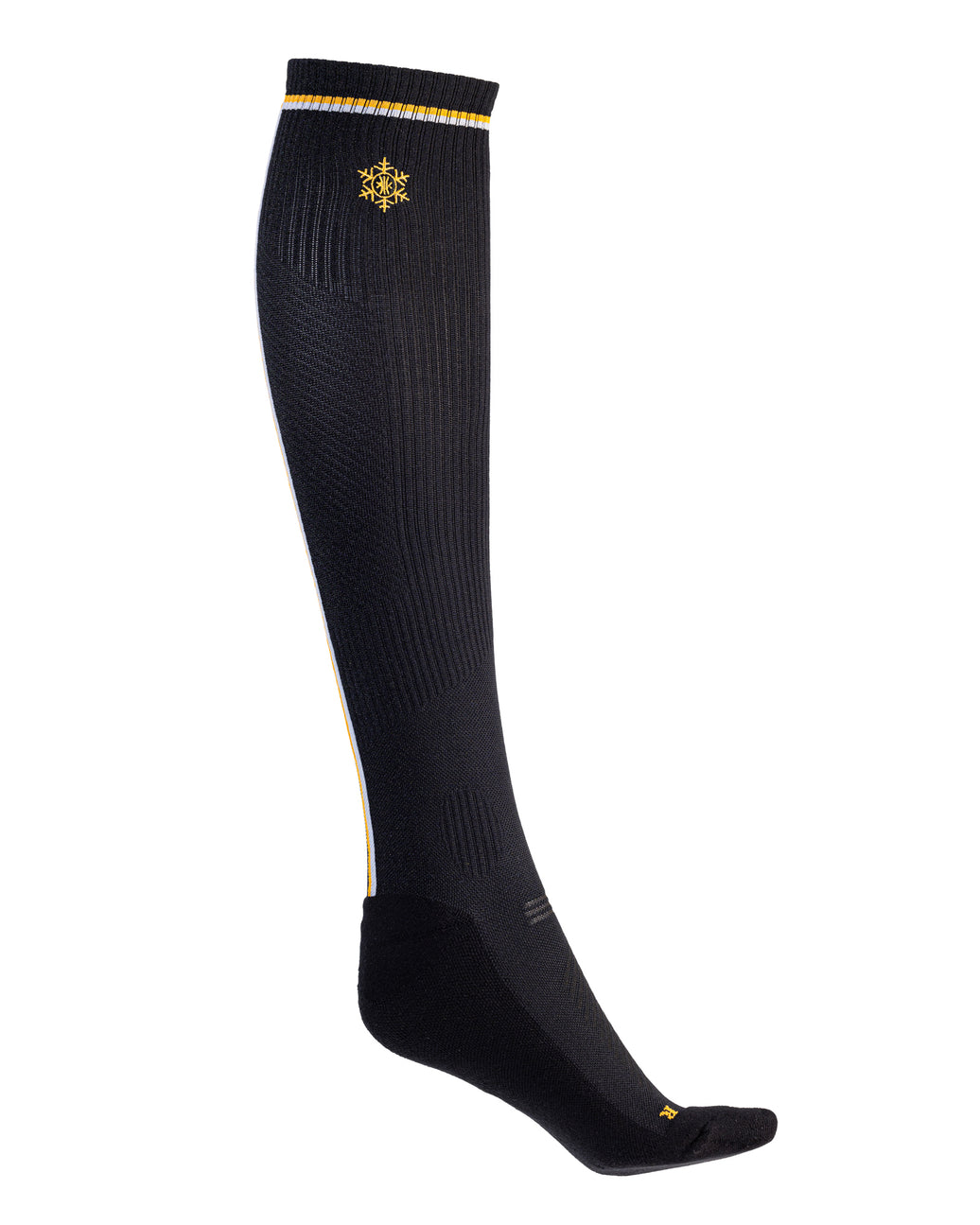

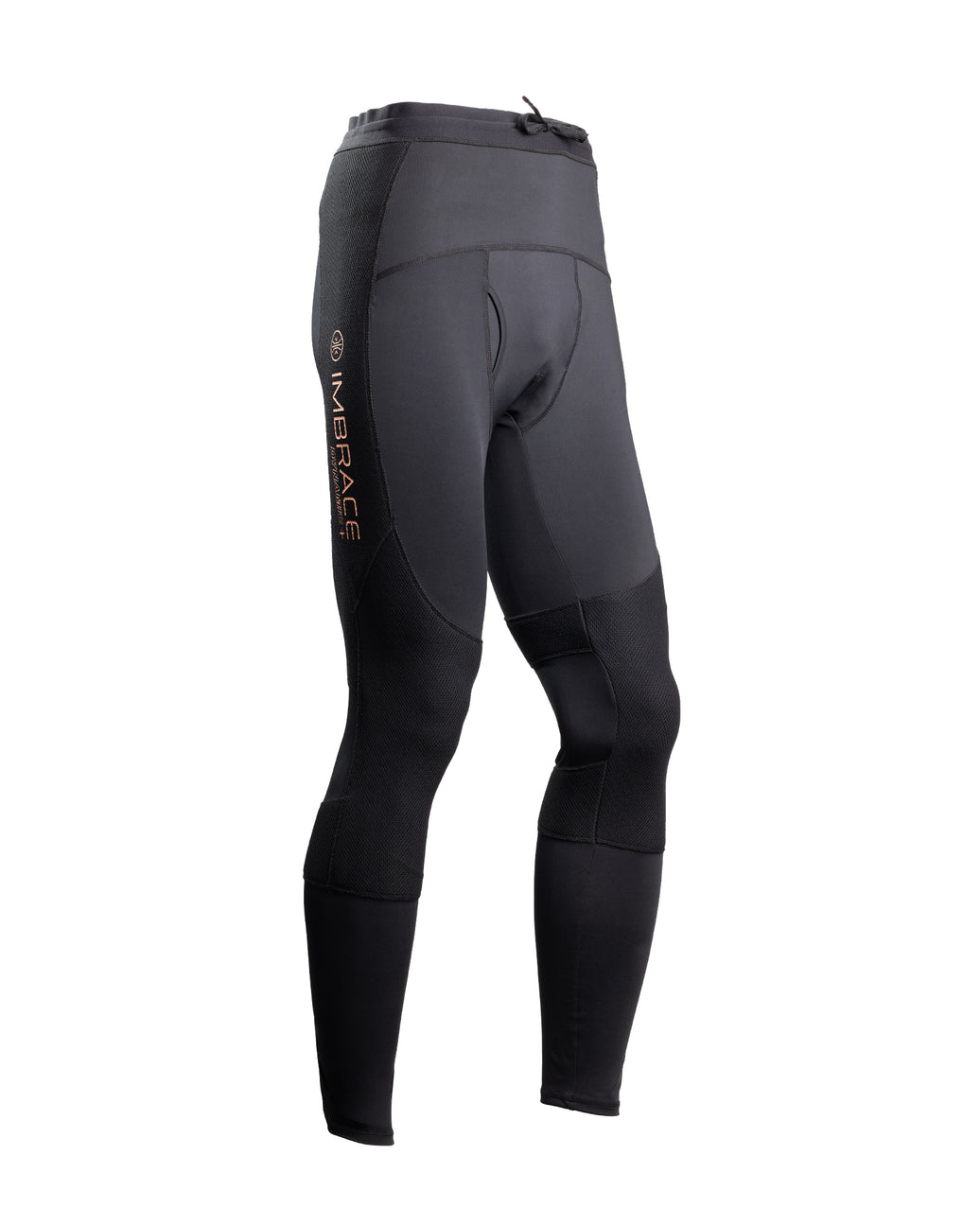
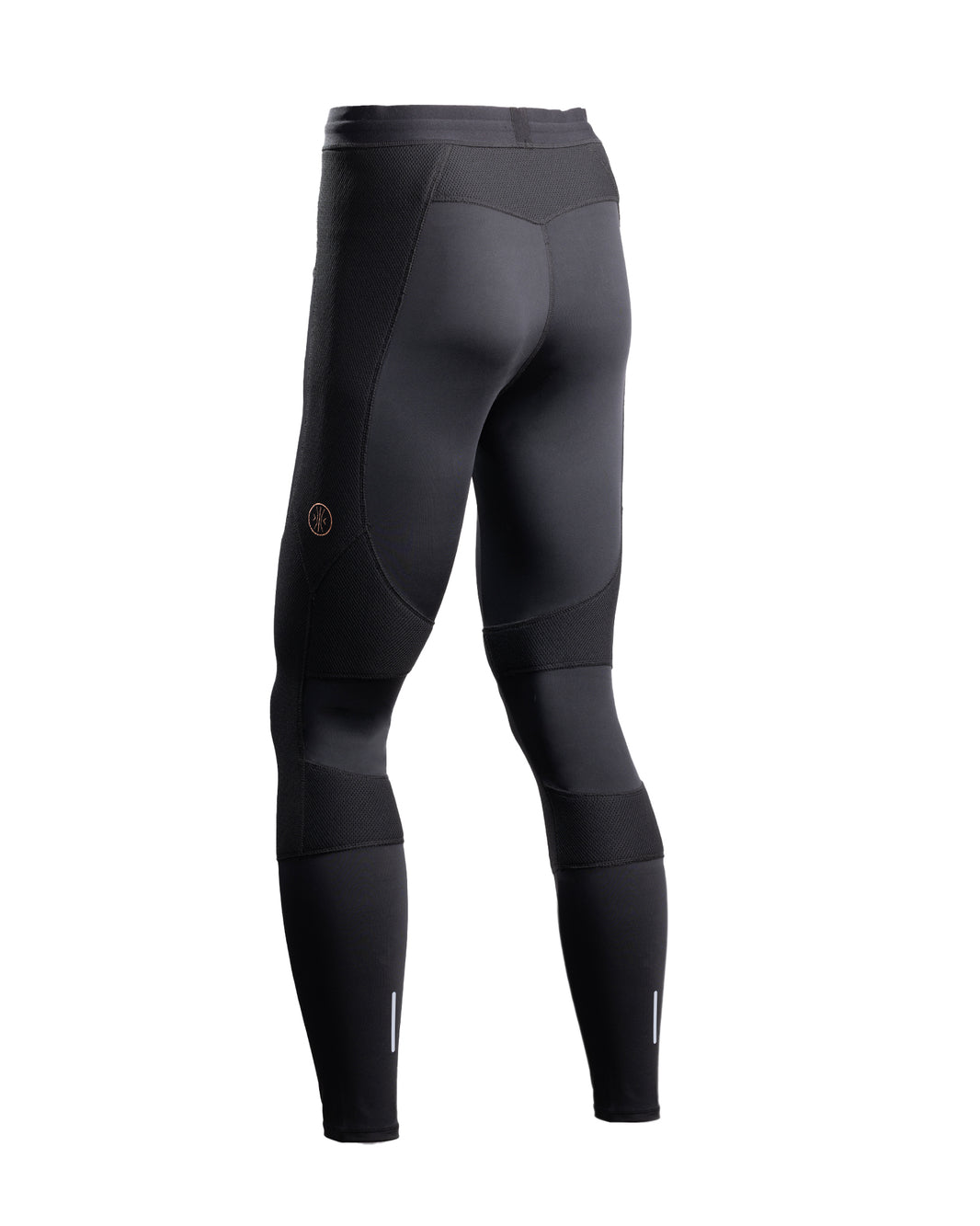

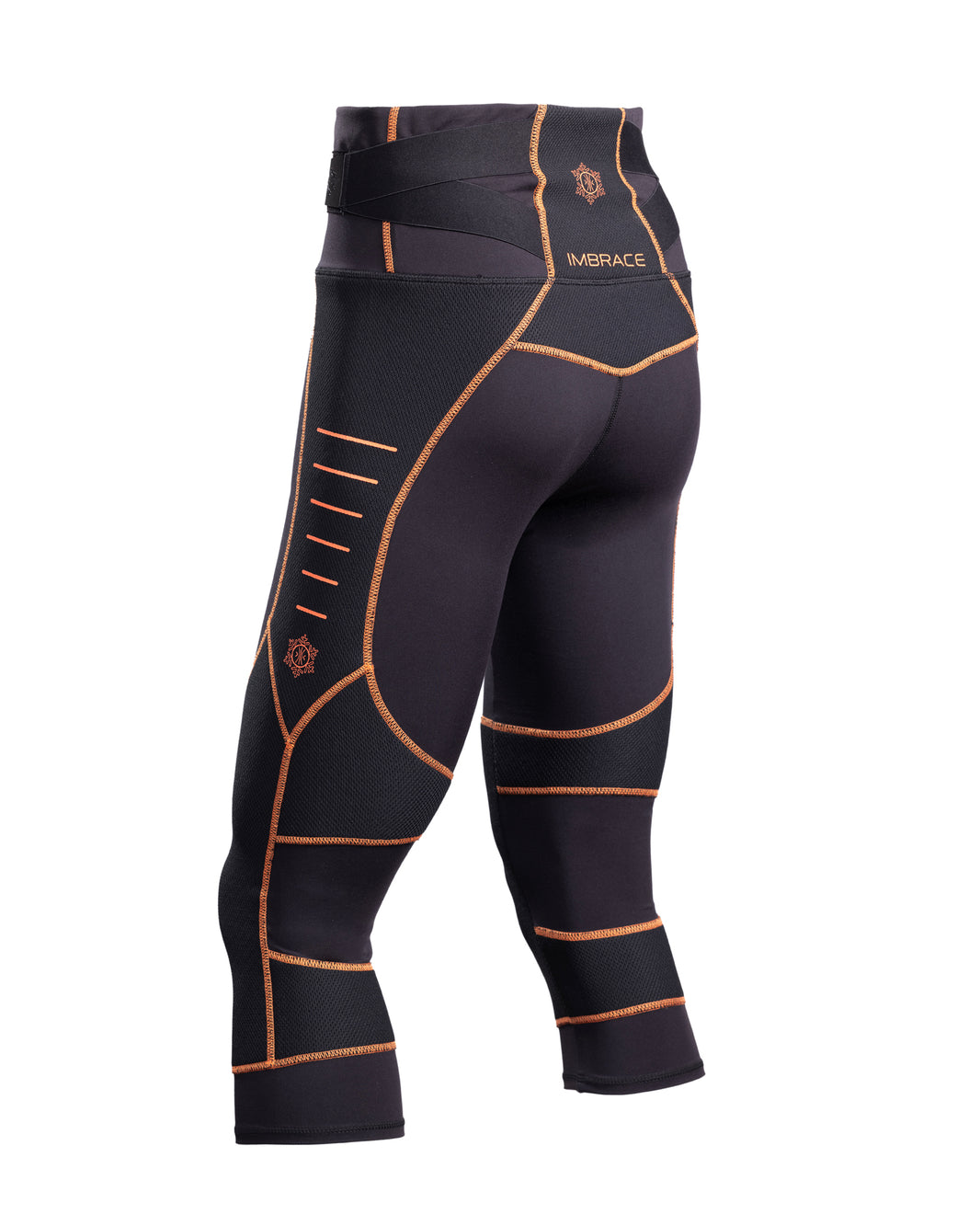

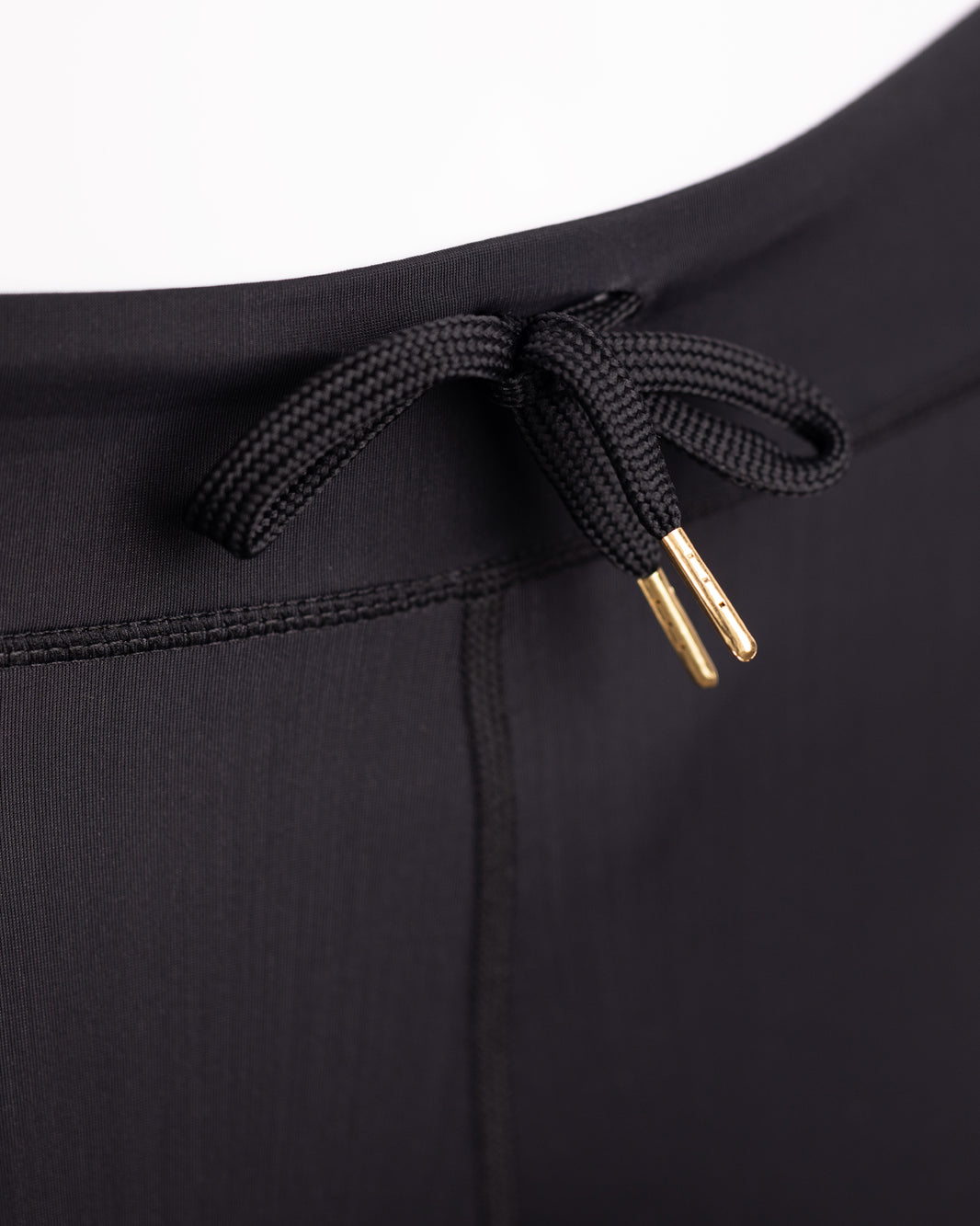
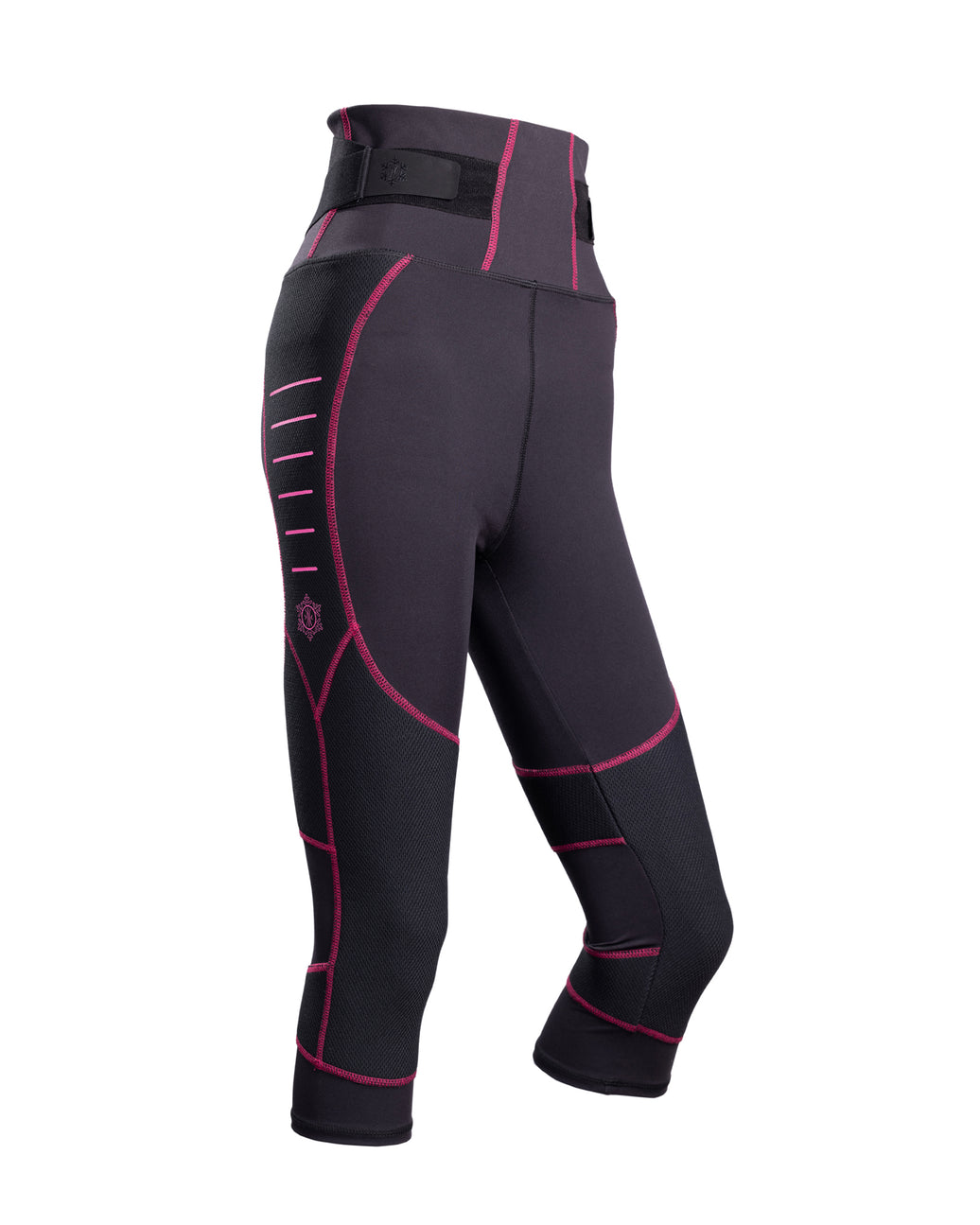
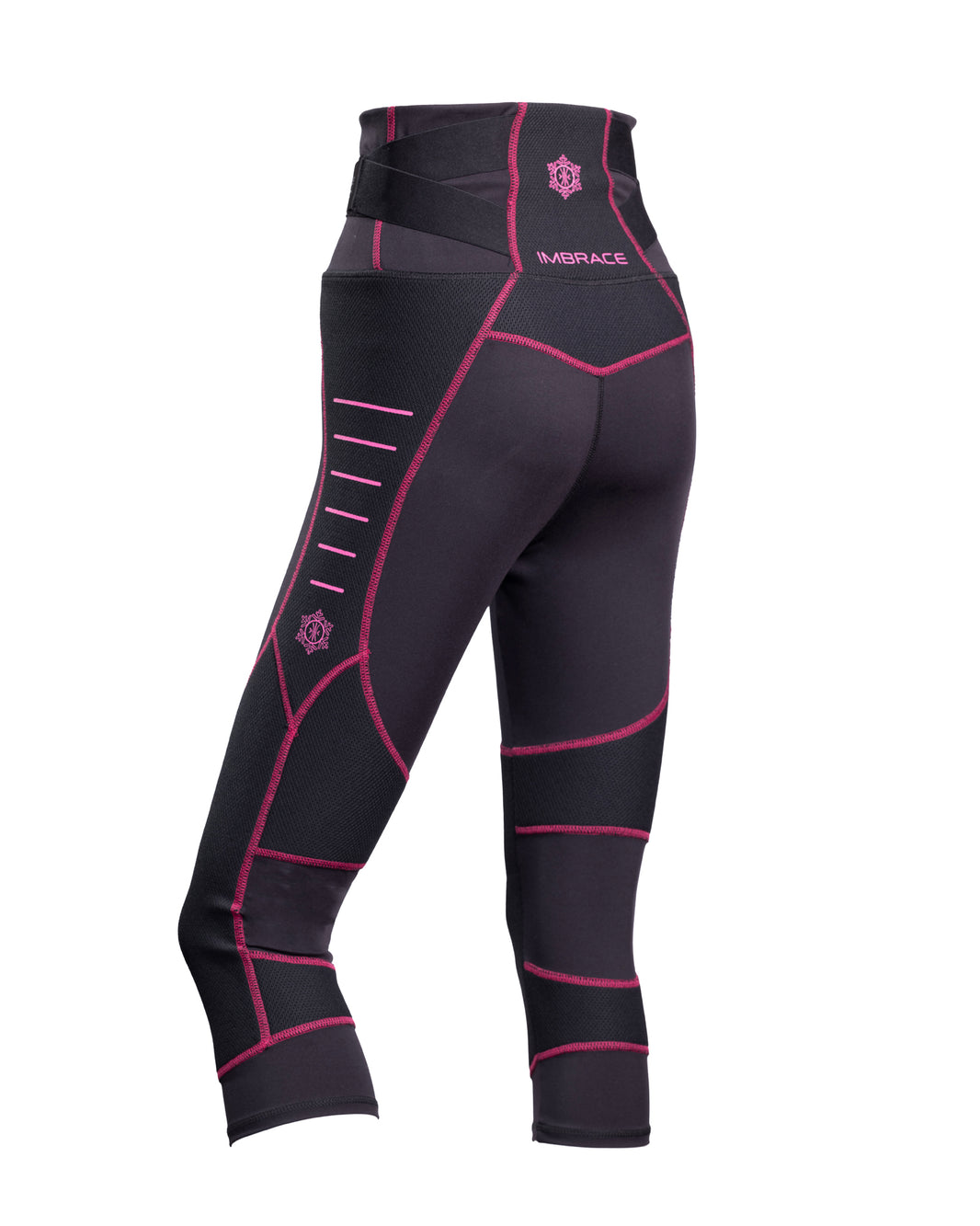
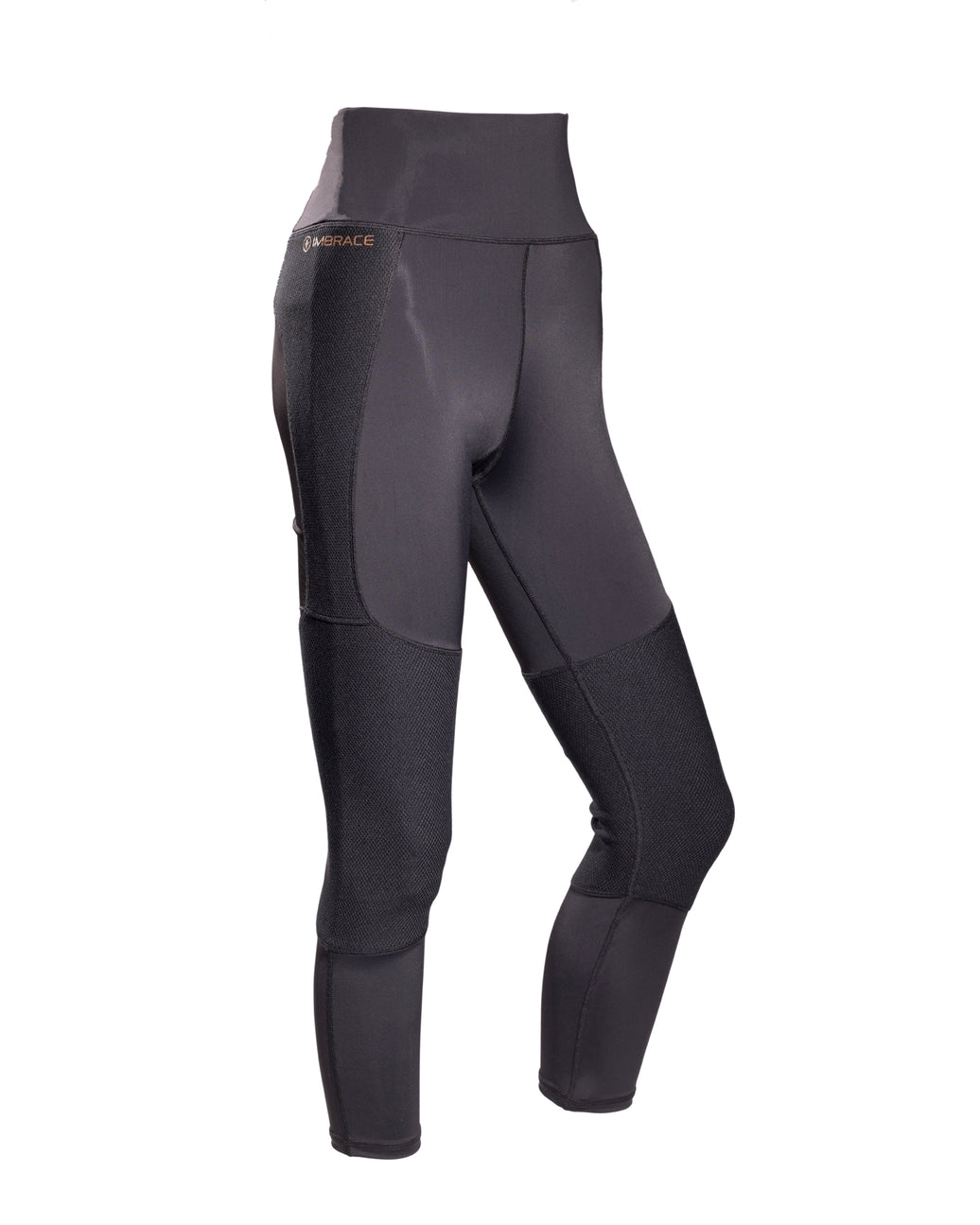
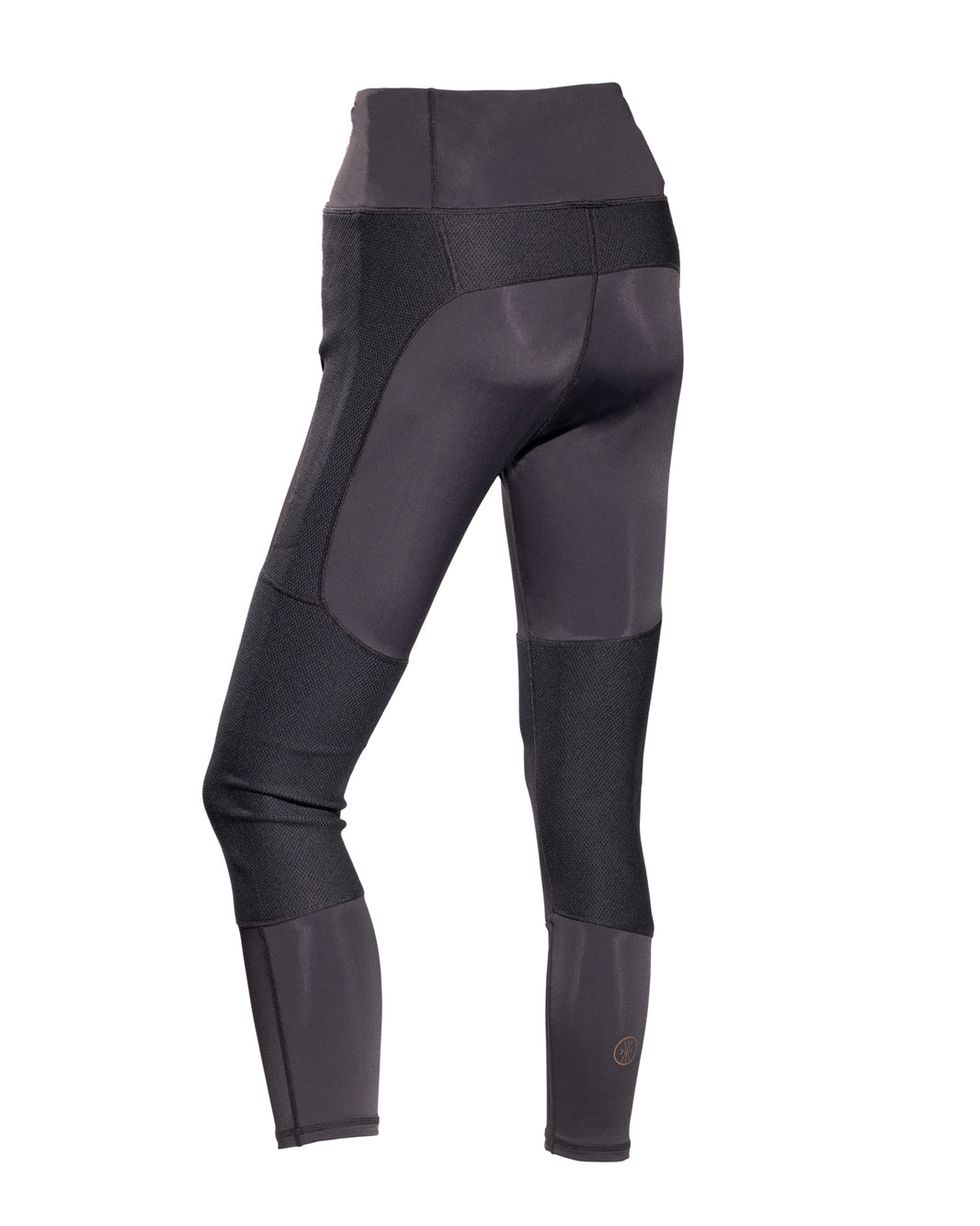
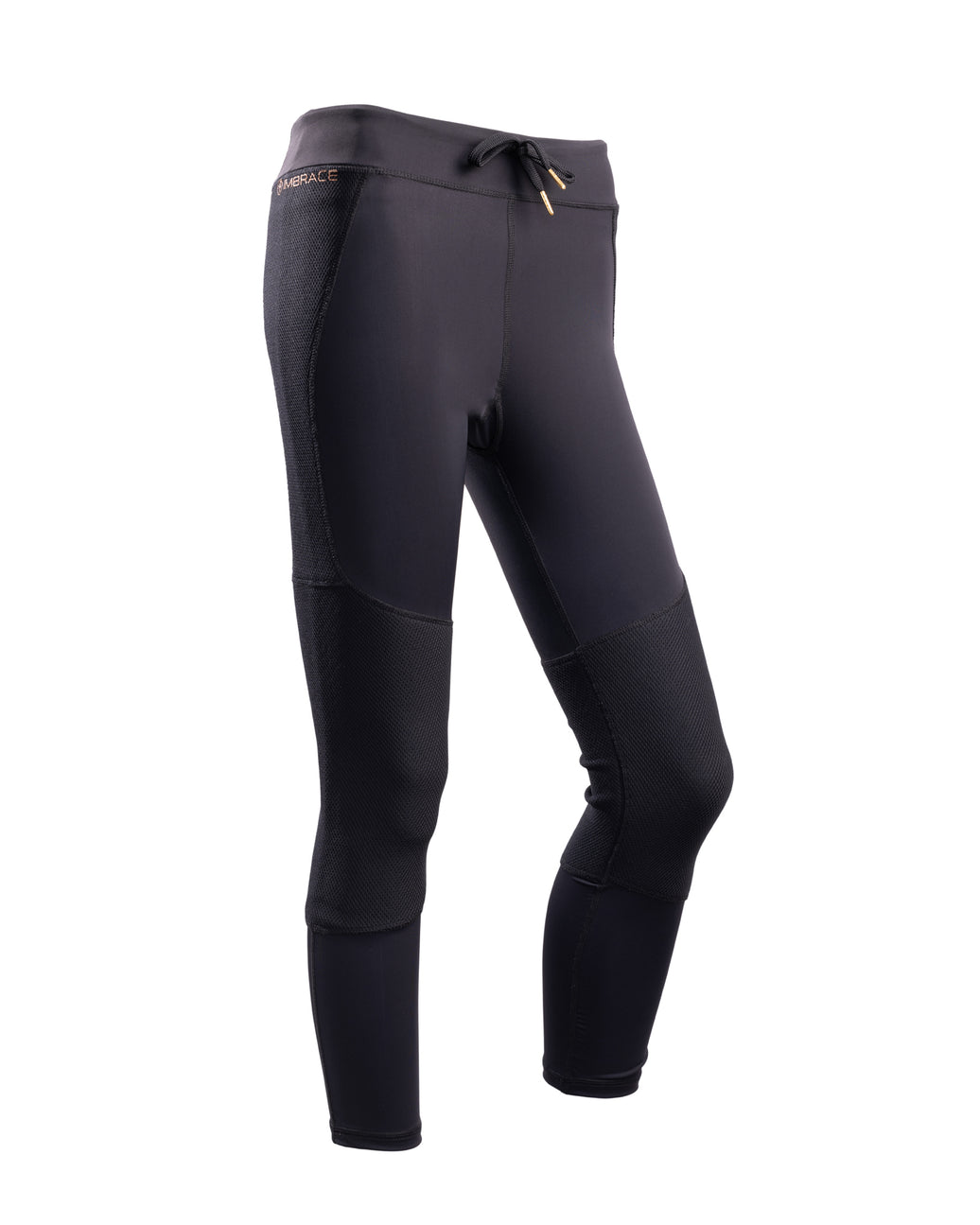

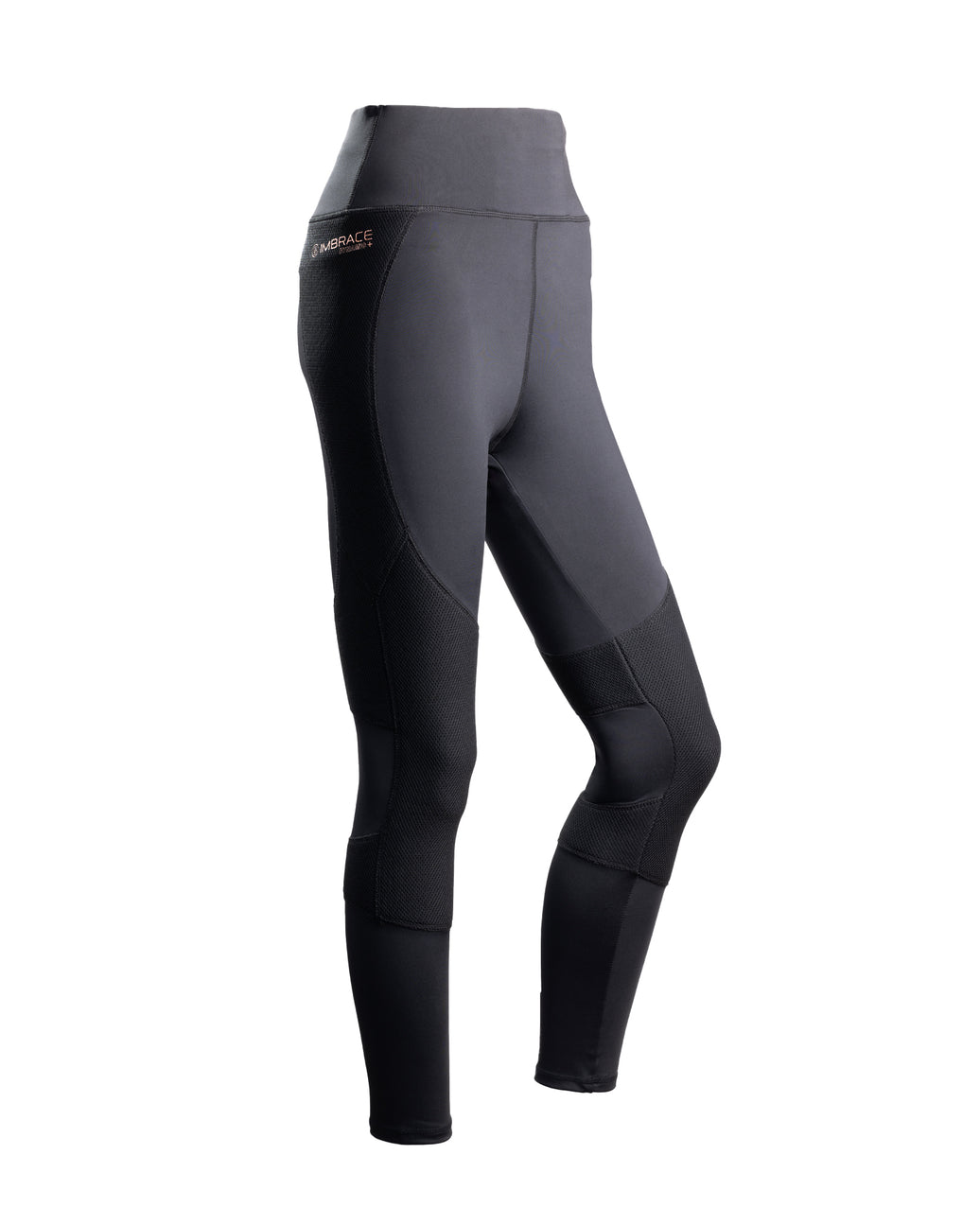
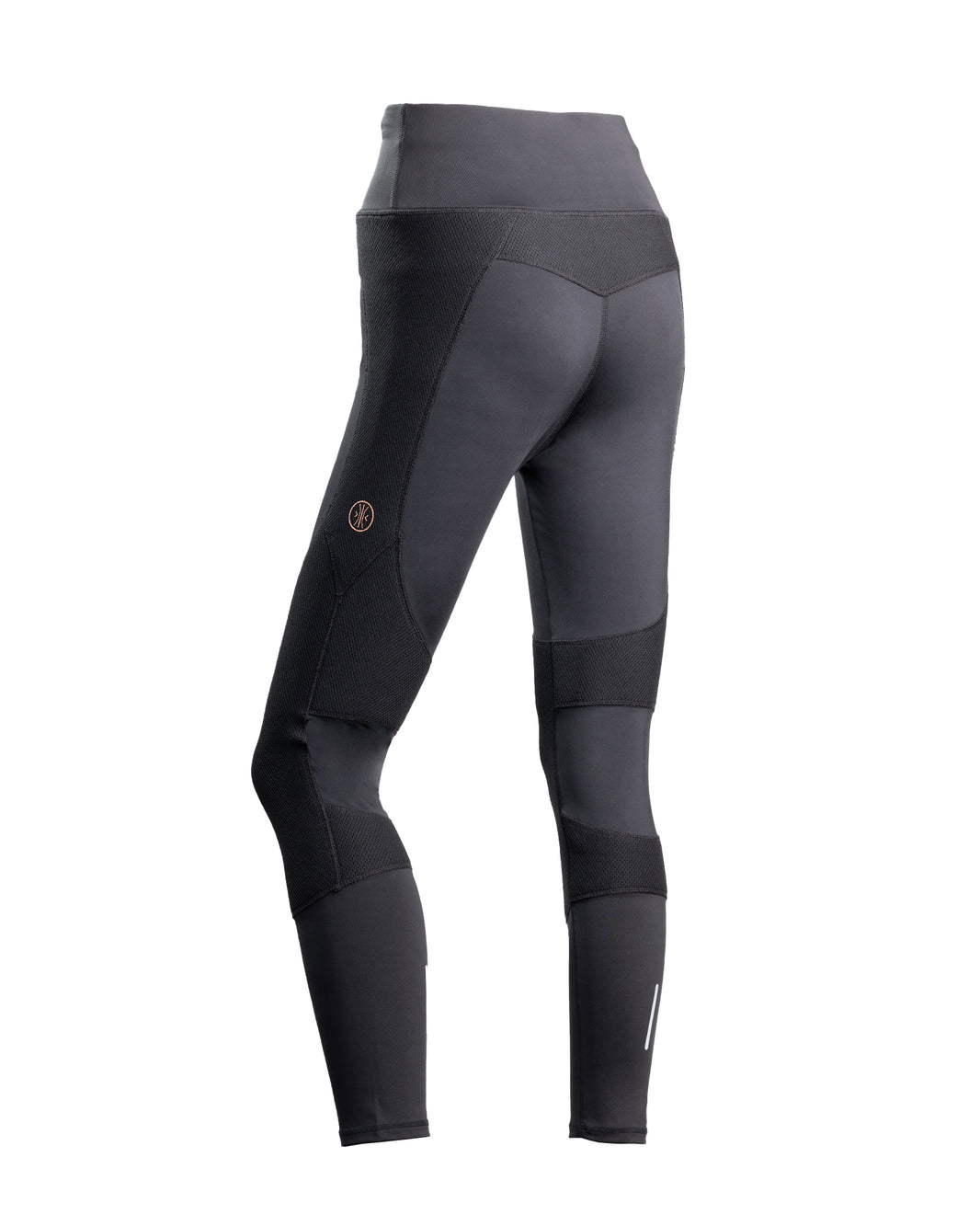
Leave a comment